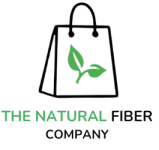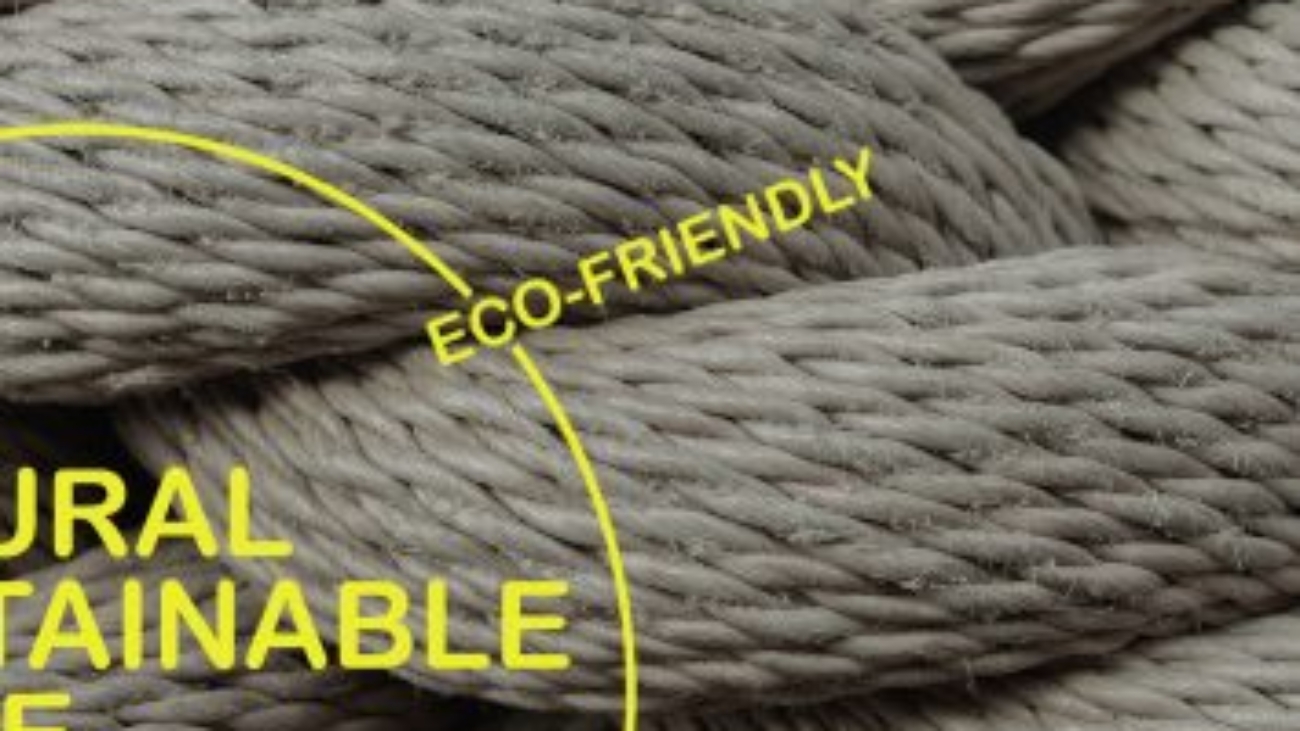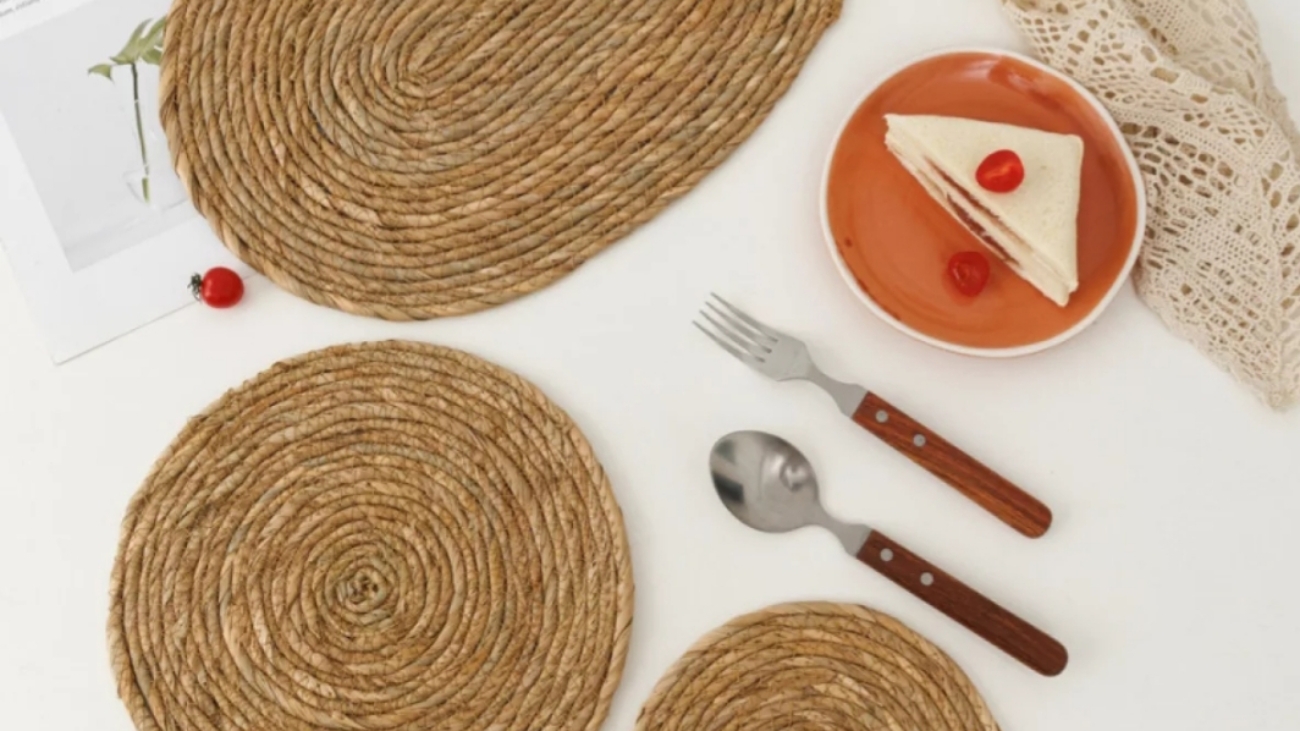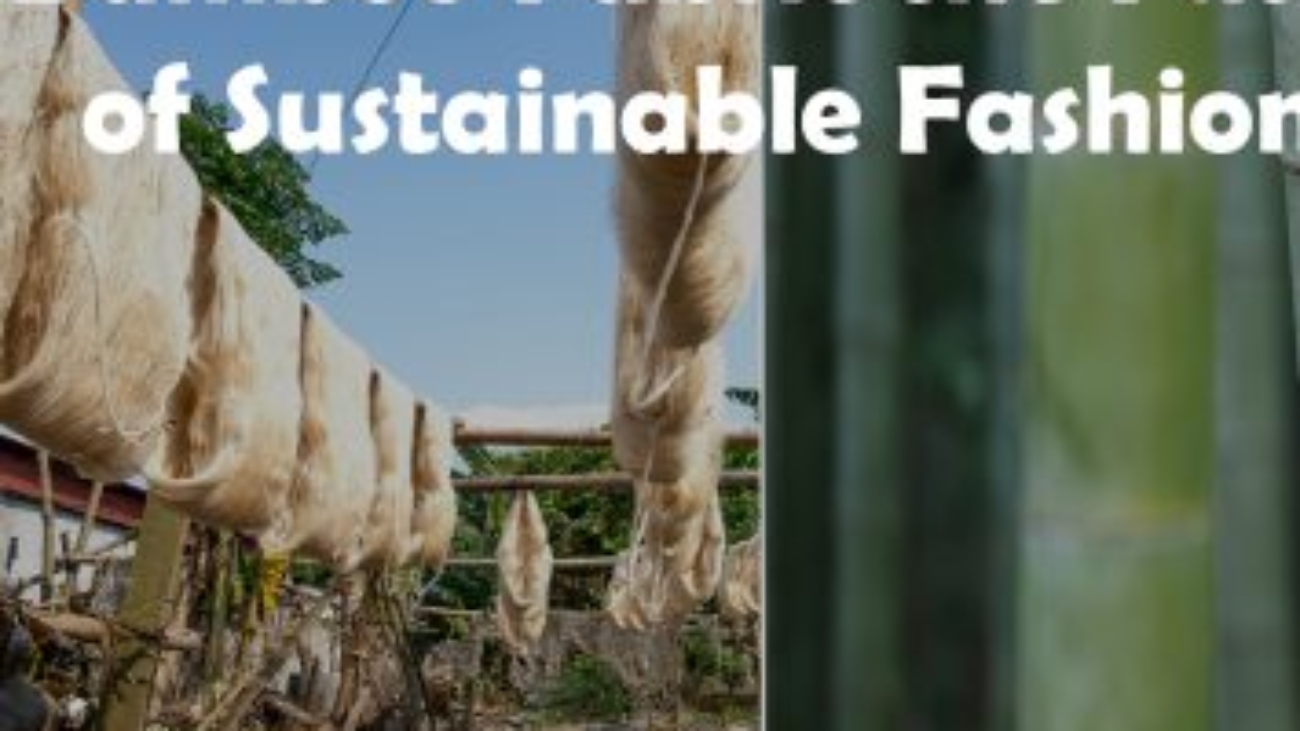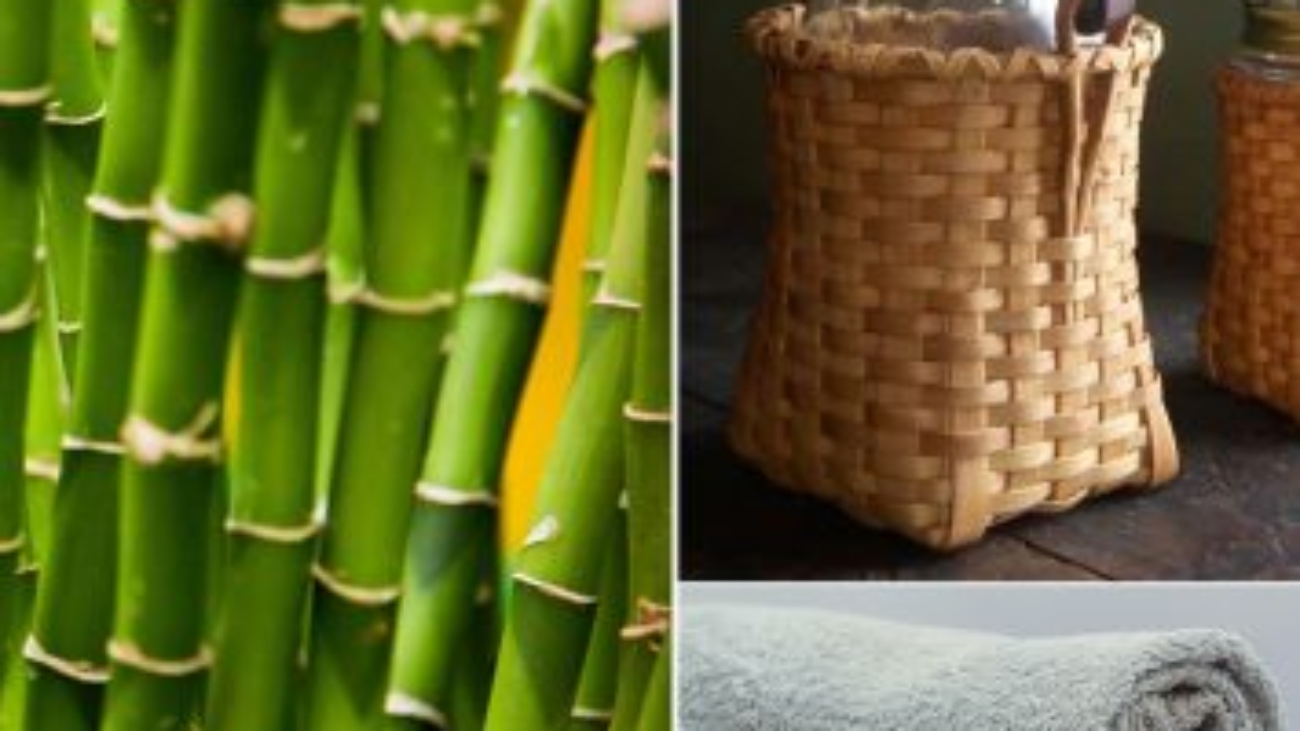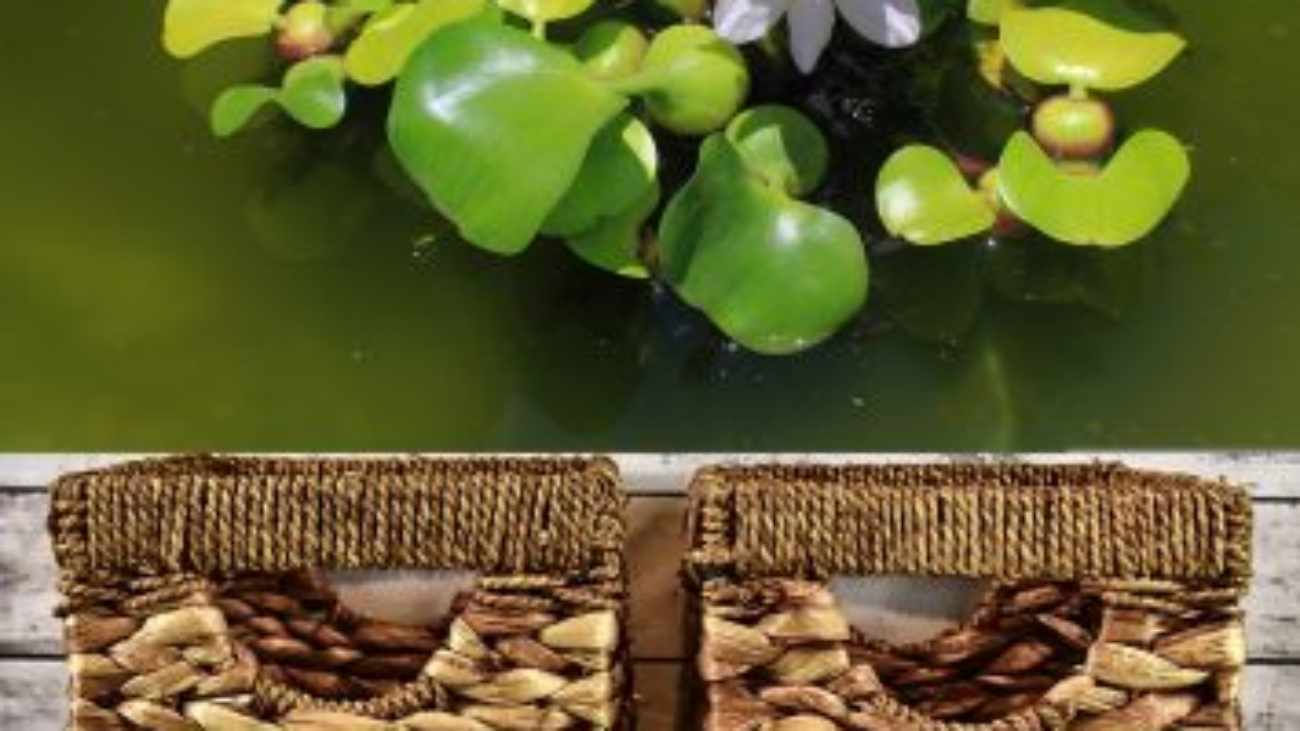Leave a Comment / Uncategorized / By Awais
The Rise of Banana Fiber in Sustainable Fashion
The fashion industry needs more sustainable practices.The Rise of Banana Fiber in Sustainable Fashion Banana fiber is emerging as a promising solution. This natural fiber comes from the pseudostems of banana plants. It offers a sustainable and eco-friendly alternative to traditional textiles. Banana fiber is biodegradable, strong, and versatile. It suits a wide range of fashion applications. From chic clothing to durable accessories, banana fiber is transforming the way we think about sustainable fashion. The production process uses agricultural waste, enhancing its environmental benefits.
If you need eco-friendly banana natural fiber products, you can buy them from NaturalFibreCompany. The Natural Fibre Company provides high-quality banana fiber fashion items. Their products are stylish and sustainable. Their collection includes chic clothing and fashionable accessories. All items are made with the environment in mind. By choosing banana fiber products from The Natural Fibre Company, you support a more sustainable fashion industry and make a positive impact on the planet.
Banana fiber offers many benefits in fashion. Its natural luster and softness make it appealing to designers. Its strength and durability ensure long-lasting garments. Banana fiber’s low environmental impact during production attracts eco-conscious consumers. As more brands and designers embrace banana fiber, the fashion industry moves closer to a sustainable and ethical future. Explore the potential of banana fiber in your wardrobe and make a conscious choice for the environment.
Also Read More About Banana Fibre:- Click Here
Incorporating banana fiber into mainstream fashion reduces the carbon footprint of the textile industry. The adoption of banana fiber supports biodiversity and the health of ecosystems. This provides a compelling reason for consumers and manufacturers to transition to this sustainable material. The future of fashion is about style and responsibility. Banana fiber embodies the perfect blend of both
If you need Banana fibre Prodcuts Click Here
